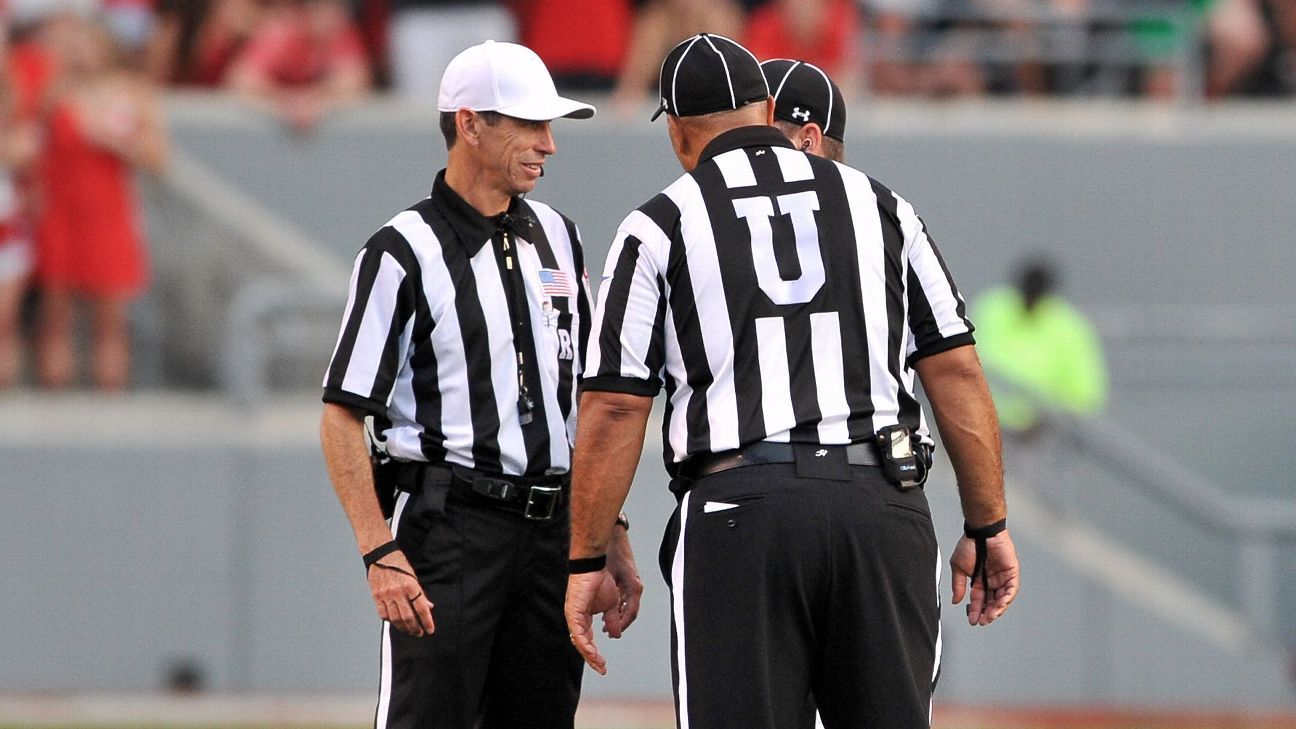
NCAA changes TO rules to combat fake injuries
The NCAA Playing Rules Oversight Panel has approved changes to the injury timeout rules in an effort to curtail players faking injuries.
Under the new rule approved Wednesday, if medical personnel enter the field to evaluate an injured player after the ball is spotted by the officiating crew for the next play, that player's team will be charged a timeout. If the team doesn't have any timeouts remaining, a 5-yard delay-of-game penalty will be assessed.
The proposal to adjust the injury timeout rule resulted from teams faking injuries to stop their opponents' momentum or avoid using an allotted timeout.
Some other minor rules tweaks included in the article.

